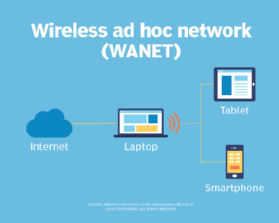

Unified CME Graphical User Interface Deprecationįrom Unified CME Release 12.6 (Cisco IOS XE Gibraltar 16.11.1a Release), the Graphical User Interface (GUI) is no more supportedįor Unified CME. Migration Guide for Access and Edge Routers. Information related to the Cisco IOS XE 16, see The extensive range of access and edge products in the Switching and Routing Of converged release-the Cisco IOS XE 16 Denali-providing one release covering XE Release 3.7.0E (for Catalyst Switching) and Cisco IOS XE Release 3.17S (forĪccess and Edge Routing) the two releases evolve (merge) into a single version Simple Network Management Protocol (SNMP) Support for Unified CME.Unified CME Graphical User Interface Deprecation.Important Information about Cisco IOS XE 16 Denali.Create Phone Configurations Using Extension Assigner.

Install and Upgrade Cisco Unified CME Software.Depending on the type of USB printer you share, you may need to install the driver on the remote computer connecting to it. Click the "Share" button and follow the prompts to share the printer on the network. To share a USB connected printer, open "Control Panel" and then "Devices and Printers." Right-click the name of the printer you want to share, then click "Sharing" on the pop-up menu. If computers connected to the same router have USB printers attached to them, you can share those devices as well.If the network printer does not include a network configuration utility on the installation disc, you may have to configure the device to receive a dynamic IP address from the router using the control panel or menu keys on the face of the unit. If the printers do have network ports, the installation wizard should contain a utility that enables you to set up the units to receive dynamic IP addresses from the router. If the printers you want to use have Ethernet ports, you can connect the units directly to the router instead of using print server devices.You can also daisy-chain multiple routers or switches using this method. To do this, run an Ethernet cable from port one on the second router or switch to the last port on the first router. If you don’t have enough ports with a single router to connect all network computers and printers, you can connect a second router or switch to add additional connections.Note that if all of the printers are the same model, you need only install the driver and print application once regardless of the number of devices you connect to the network.


 0 kommentar(er)
0 kommentar(er)
